#teen vogue
Text

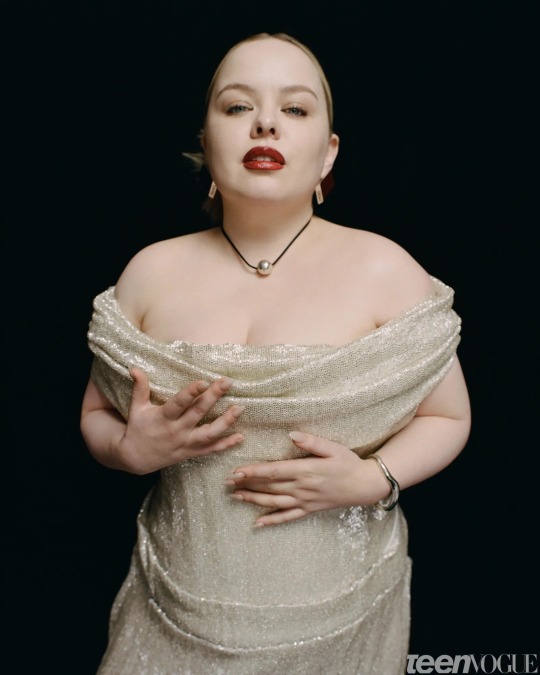


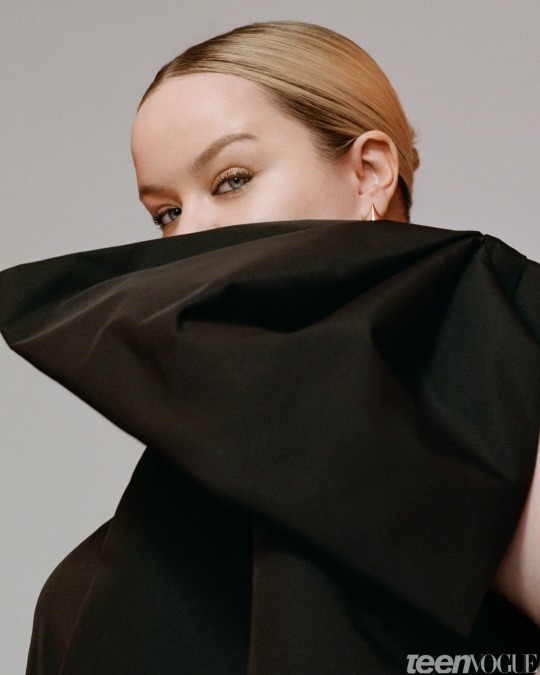
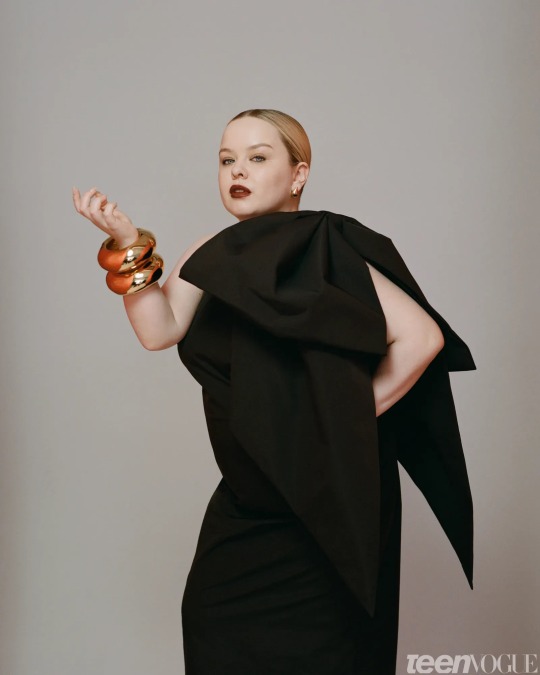


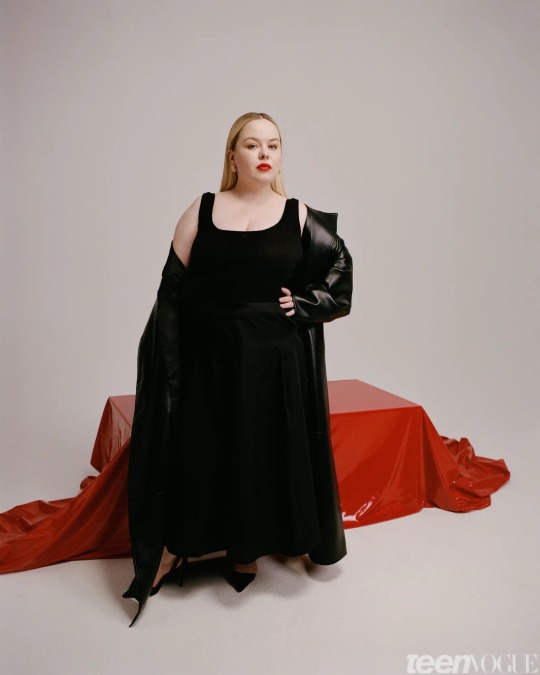

Nicola Coughlan for Teen Vogue (May, 2024) (part1).
Full interview here.
#bridgerton#nicola coughlan#luke newton#lady whistledown#polin#penelope featherington#colin bridgerton#teen vogue#big mood#derry girls#barbie
167 notes
·
View notes
Text
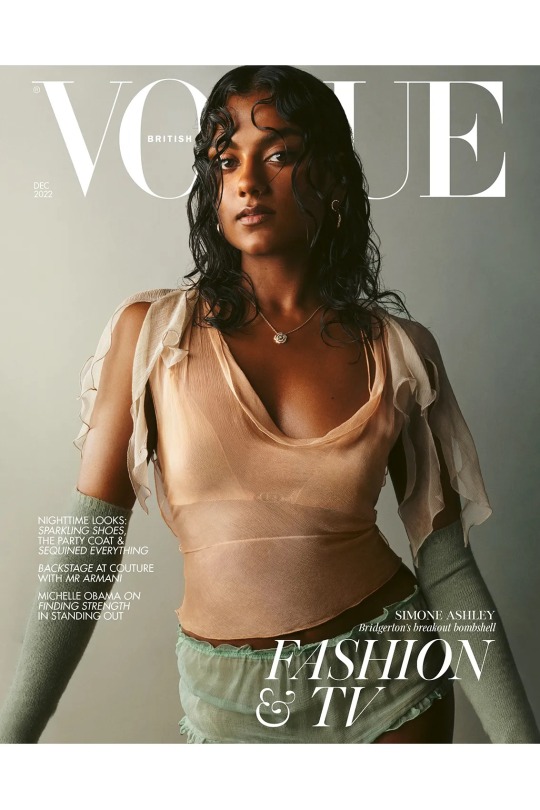

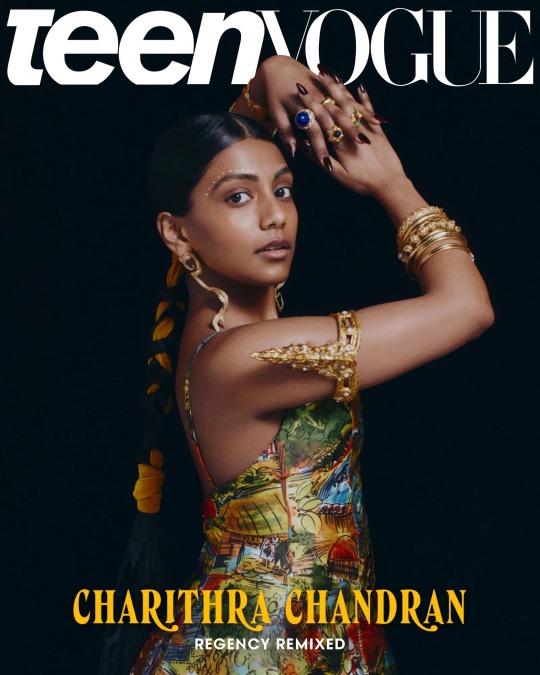

the 4 Bridgerton main girls characters and their vogue covers and the only boy that matters vogue cover idkr!

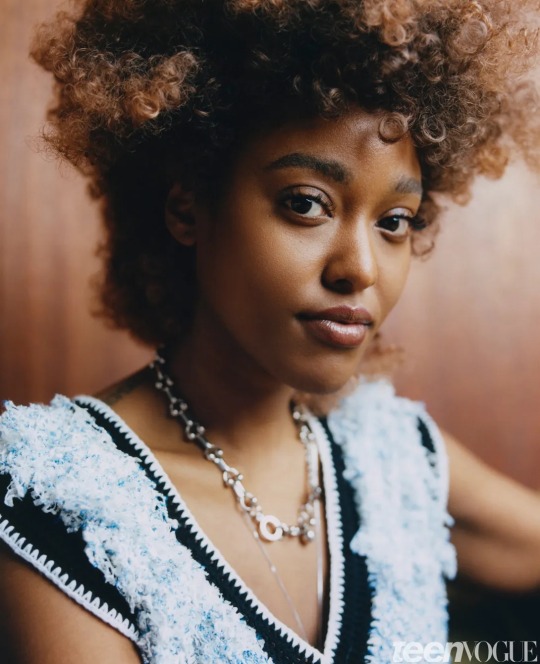
Arsema Shantol cover is coming and it’s gonna eat the most trust me when i say on their season it’ll DEVOUR!
#corey mylchreest#india amarteifio#nicola coughlan#king george#charithra chandran#queen charlotte#bridgerton#simone ashley#kate sharma#edwina sharma#penelope featherington#kate bridgerton#princess edwina#arsema thomas#jonathan bailey#luke newton#luke thompson#teen vogue#vogue#shantol jackson#sophie beckett#sophie bridgerton
63 notes
·
View notes
Text
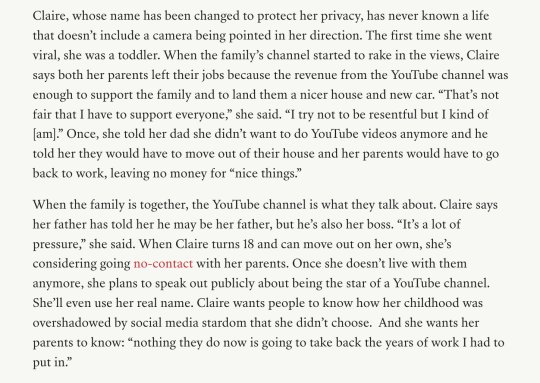
Yeah, influencer parents are the worst.
50K notes
·
View notes
Text
A Must Read
So glad @waitmyturtles brought my attention to this Teen Vogue article about purity culture. This is the start to a very good conversation about queer sex on screen, and as your resident “writing academic papers about sex in Only Friends” enthusiast I say everyone who watches queer media and BLs specifically should read this.
#red white and royal blue#rwrb#heartstopper#alice oseman#only friends the series#only friends#ofts#i told sunset about you#i promised you the moon#itsay#ipytm#gameboys#thai bl#pinoy bl#western bl#teen vogue#k-ci williams#if you’re lurking on tumblr I’ve got some friends who wanna chat Lolol
2K notes
·
View notes
Text
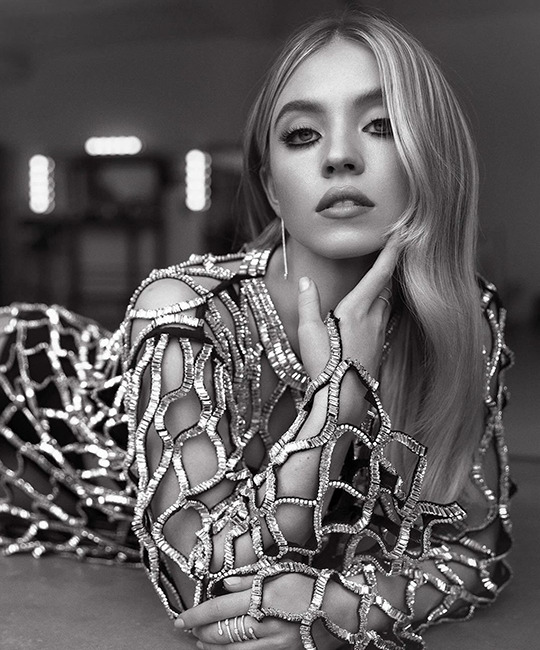



SYDNEY SWEENEY.
Photographed by Elias Tahan for Teen Vogue Magazine (2021)
#sydney sweeney#ssweeneyedit#sydneysweeneyedit#usercarrie#userquel#femalestunning#actresscentral#breathtakingqueens#dailywives#dailywomen#femaledaily#flawlessbeautyqueens#flawlesscelebs#wonderfulwomendaily#thequeensofbeauty#teen vogue#magazine
267 notes
·
View notes
Text


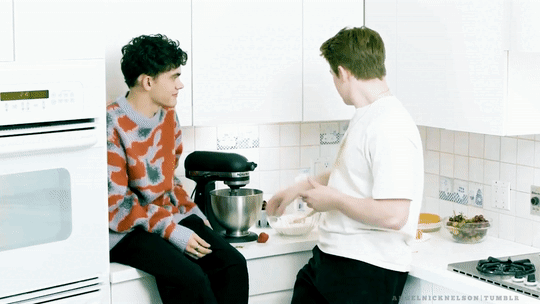

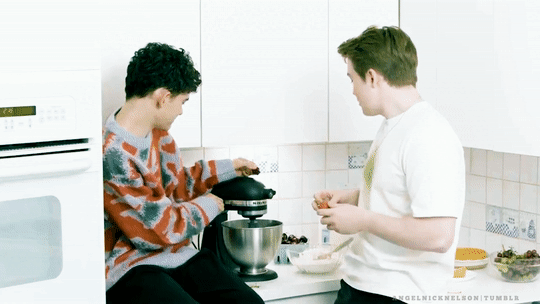
Joe Locke and Kit Connor for Teen Vogue

#mygifs*#angelnicknelson#heartstopper#heartstopper cast#joe locke#kit connor#joe and kit#teen vogue#hs cast#heartstopper s2#.#sweeties✨️
1K notes
·
View notes
Text
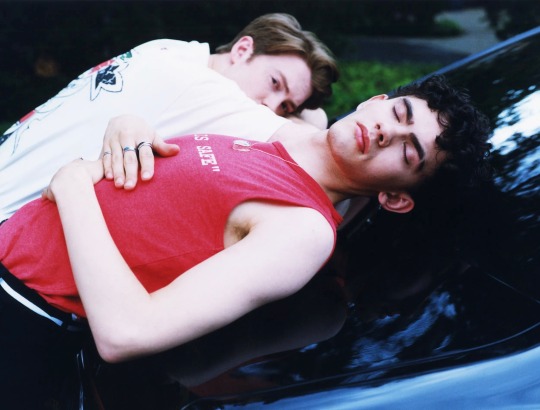
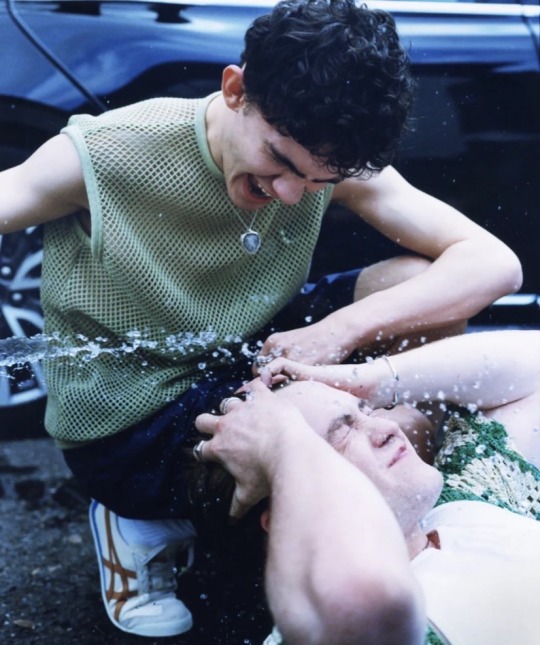
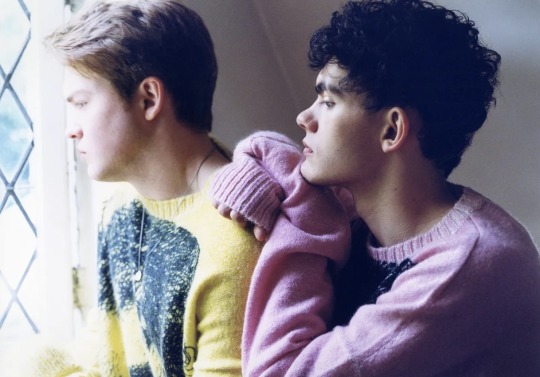


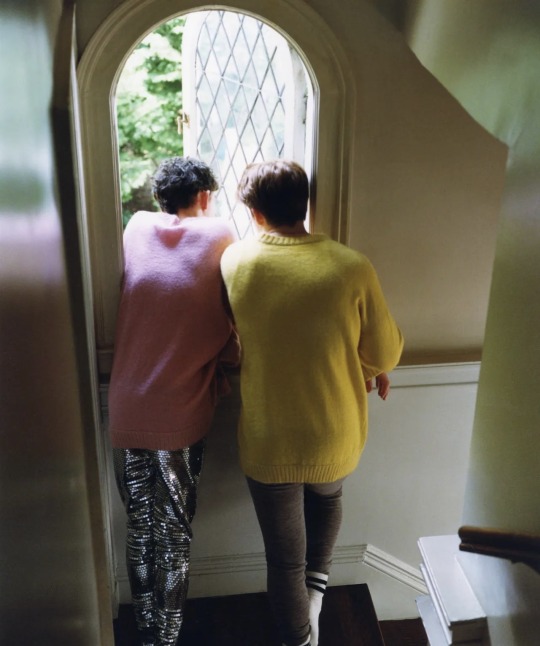
Kit Connor & Joe Locke
TEEN VOGUE - August 2023
#kit connor#nick nelson#joe locke#charlie spring#heartstopperedit#nick and charlie#heartstopper netflix#narlie#teen vogue#heartstopper cast#heartstopper#heartstoppertv
851 notes
·
View notes
Text

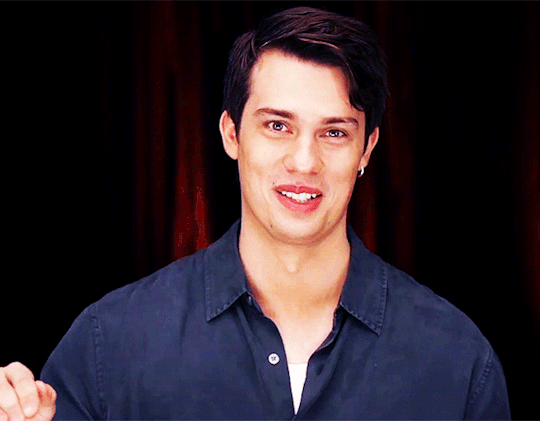
+
262 notes
·
View notes
Text
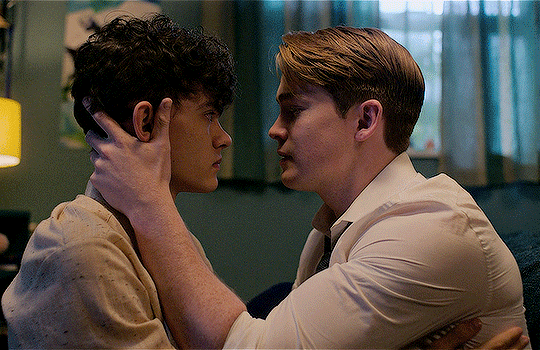
Kit Connor on the Most ‘Heartbreaking’ Scene to Film
Teen Vogue, August 2023
Then, of course, we come to the final scene of season 2, between Nick and Charlie, “one of the most heartbreaking and beautiful scenes that Alice has ever written,” Connor says. He really didn’t want to get it wrong. Nick sits Charlie down for an honest conversation, where Charlie opens up about the true extent of his bullying and how far it pushed him. It was shot over an emotionally-draining seven hour period; figuring out where to pitch it and running it again and again.
“It really just hits you when you’re down I think, but also brings you right back at the end,” Connor says. “With that scene, with my relationship with Joe, who I love dearly, we've shared so many experiences that have made us who we are.” It gave playing the scene a certain ease and comfort. “With a scene like that it's impossible to really know how to do it. You just kind of have to jump in, and we did and we tried it and tried to see what felt right and I was pretty happy with what came out.”
full solo interview linked below
584 notes
·
View notes
Text










Nicola Coughlan for Teen Vogue (May, 2024) (part 2)
Full interview here.
#bridgerton#nicola coughlan#luke newton#polin#penelope featherington#colin bridgerton#teen vogue#bridgerton season 3#barbie#big mood#derry girls
145 notes
·
View notes
Text
Nothing says Bridgerton main character of the season like a TeenVogue cover am I right the way they ate so mf hard too who knew teenvogue was the vogue cover that never misses out all the big vogue covers damn! CHARITHRA DEVOURED AND NICOLA CHEWED DOWN SO BARD IM IN SHOOK IN AWEE IF THEM!
How do they not miss once it’s crazy actually how TV?the fact they have the best stylist not just in Bridgerton but in the fake right now too how do they have the best stylist in the game while not being pretty huge stars is wild because them and Elle fanning never misses ever!
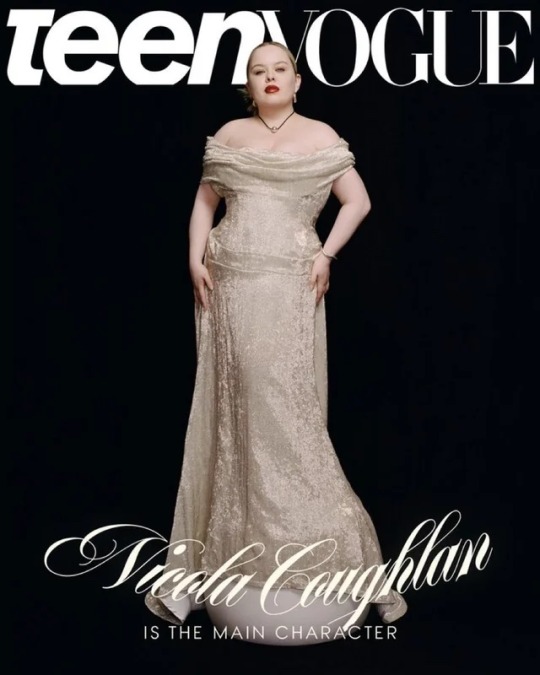

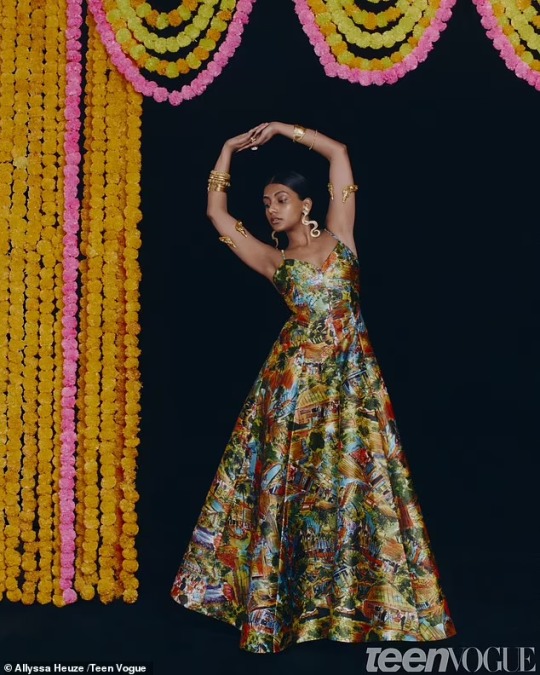


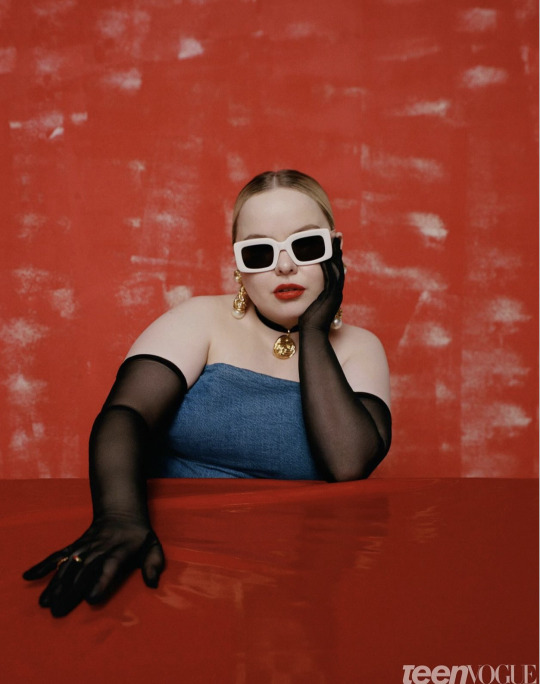

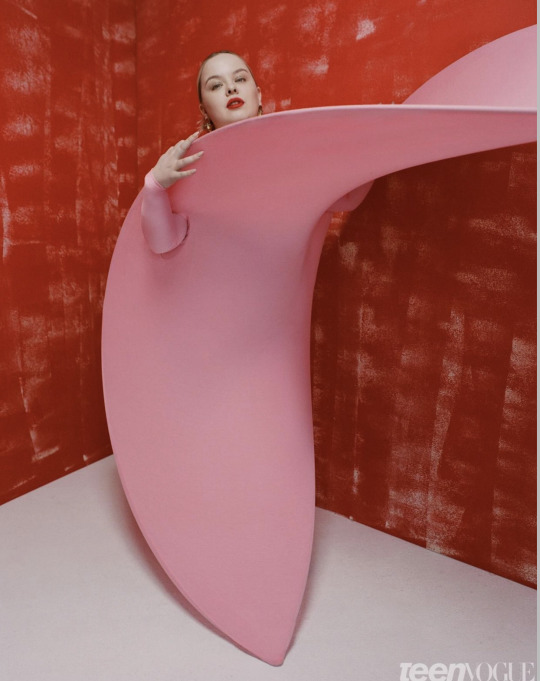


all the queens of bridgerton got TV shoot/cover IKDR!
#bridgerton#nicola coughlan#charithra chandran#penelope featherington#edwina sharma#netlfix#polin#princess Edwina#elle fanning#teen vogue#teen vouge#I’m not a fan of Phoebe but it’s cool seeing Bridgerton girlies on covers for their seasons of the show!#simone ashley#phoebe dynevor#daphne bridgerton#kate sharma#india amarteifio#arsema thomas#lady danbury#queen charlotte#kate bridgerton
58 notes
·
View notes
Text

joe locke, i love you
487 notes
·
View notes
Text








keira knightley and orlando bloom really said: ‘yes, feel free to have your bisexual awakening over us’.... iconic of them | HEARTSTOPPER
#they were indeed my bisexual awakening so#lgbtq#lgbt#bisexual#pride#heartstopper#heartstopperedit#userbbelcher#userdorksinlove#userswift#tuserpris#userkarolina#tuserrishi#potc#pirates of the caribbean#teen vogue#keira knightley#.konbinii#.gifs#television#film
3K notes
·
View notes
Photo

Badu wearing her collaboration with Marni
857 notes
·
View notes
Text


TV: Do you have any favorite behind-the-scenes moments that you can share?
CL: Oh, yeah, we had a lot of fun. We did Thanksgiving, me and Natasha [who plays Piper Benz] and Timothée, we did Thanksgiving together. We did a lot of dancing on set too. We did the “Thriller” dance on set. I taught Timothée the “Thriller” dance. I hope they have like a blooper reel because we were laughing like a lot, not unprofessionally. But like in between takes, we were laughing.
-Calah Lane, Teen Vogue
106 notes
·
View notes
Text
Love that they spend all day filming and then head back to one persons place and have dinner together too. This cast is too cute! 🍂🍂
292 notes
·
View notes